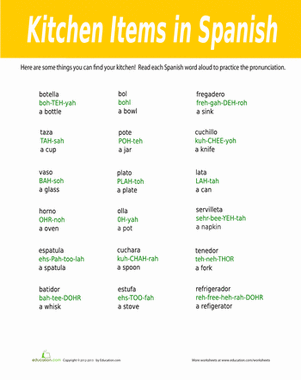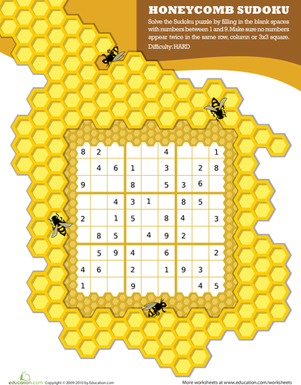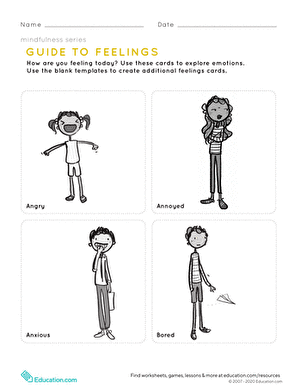Science project
The Psychology of Feeling Watched
Difficulty Level
Medium
Safety Issues
Adult supervision recommended when dealing with volunteers.
Project Time Frame
4-6 weeks
Objective
This project addresses the common (but creepy) feeling of “being watched”.
The goals of this project are
- To determine whether or not people can tell if they are being watched.
- To gather experimental evidence that either proves or disproves this theory.
Materials and Equipment
- Computer with internet access.
- Digital camera (video optional)
- Typical office/craft supplies (such as paper, pens & poster-board)
Introduction
Did you ever get the feeling you were being watched? Did you find out if your guess was correct? It’s a common human experience to imagine an ominous pair of watchful eyes, observing our activities from some strategic vantage point, beyond the range of our ordinary perception. The following experiment may shed light on the matter.
Research Questions
- Can people really tell if they are being watched?
- What type of experiment would best answer the above question?
- What causes people to think they are being watched?
Terms, Concepts and Questions to Start Background Research
Basic statistical concepts such as averages, odds, probabilities, etc.
Experimental Procedure
- Read overviews of relevant topics (see bibliography).
- Recruit 20 volunteers
- Place volunteers in a position where they cannot see the experimenter(s), but the experimenter(s) can clearly see them.
- Explain to volunteers that half of them will be watched, and half of them will remain unseen by the experimenters.
- Randomly select 10 of the 20 volunteers. Volunteers must not know who got selected.
- For better control of experimental conditions, make sure that no one other than the experimenters can see the volunteers, and that the volunteers cannot see each other.
- Have experimenters stare at the 10 volunteers who were randomly pre-chosen, for one full minute. Ideally, the other 10 volunteers are hidden from the experimenter’s view.
- Have volunteers state whether or not they had the sensation of being watched.
- Carefully record all experimental conditions and results.
- Repeat the experiment two or three times, each time selecting (at random) which volunteers will be watched.
- Analyze the data.
- Interpret findings in a detailed report.
- Show results visually using charts and graphs.
- Display any interesting photos taken throughout the course of the experiment.
Bibliography
Conceptual Statistics for Beginners (Newman, Isadore & Carol, 2005 reprint)
Education.com provides the Science Fair Project Ideas for informational purposes only. Education.com does not make any guarantee or representation regarding the Science Fair Project Ideas and is not responsible or liable for any loss or damage, directly or indirectly, caused by your use of such information. By accessing the Science Fair Project Ideas, you waive and renounce any claims against Education.com that arise thereof. In addition, your access to Education.com's website and Science Fair Project Ideas is covered by Education.com's Privacy Policy and site Terms of Use, which include limitations on Education.com's liability.
Warning is hereby given that not all Project Ideas are appropriate for all individuals or in all circumstances. Implementation of any Science Project Idea should be undertaken only in appropriate settings and with appropriate parental or other supervision. Reading and following the safety precautions of all materials used in a project is the sole responsibility of each individual. For further information, consult your state's handbook of Science Safety.













